Fairy tales hold a special place in our hearts, filled with magic, adventure, and timeless lessons. But as society evolves, so too does our understanding of race and representation, and those once innocent stories might not seem so appropriate today. Once praised as heartwarming stories, racist elements cast a shadow on their legacies. Let’s take a look at 16 classic tales that might raise a few eyebrows in today’s world.
Cinderella
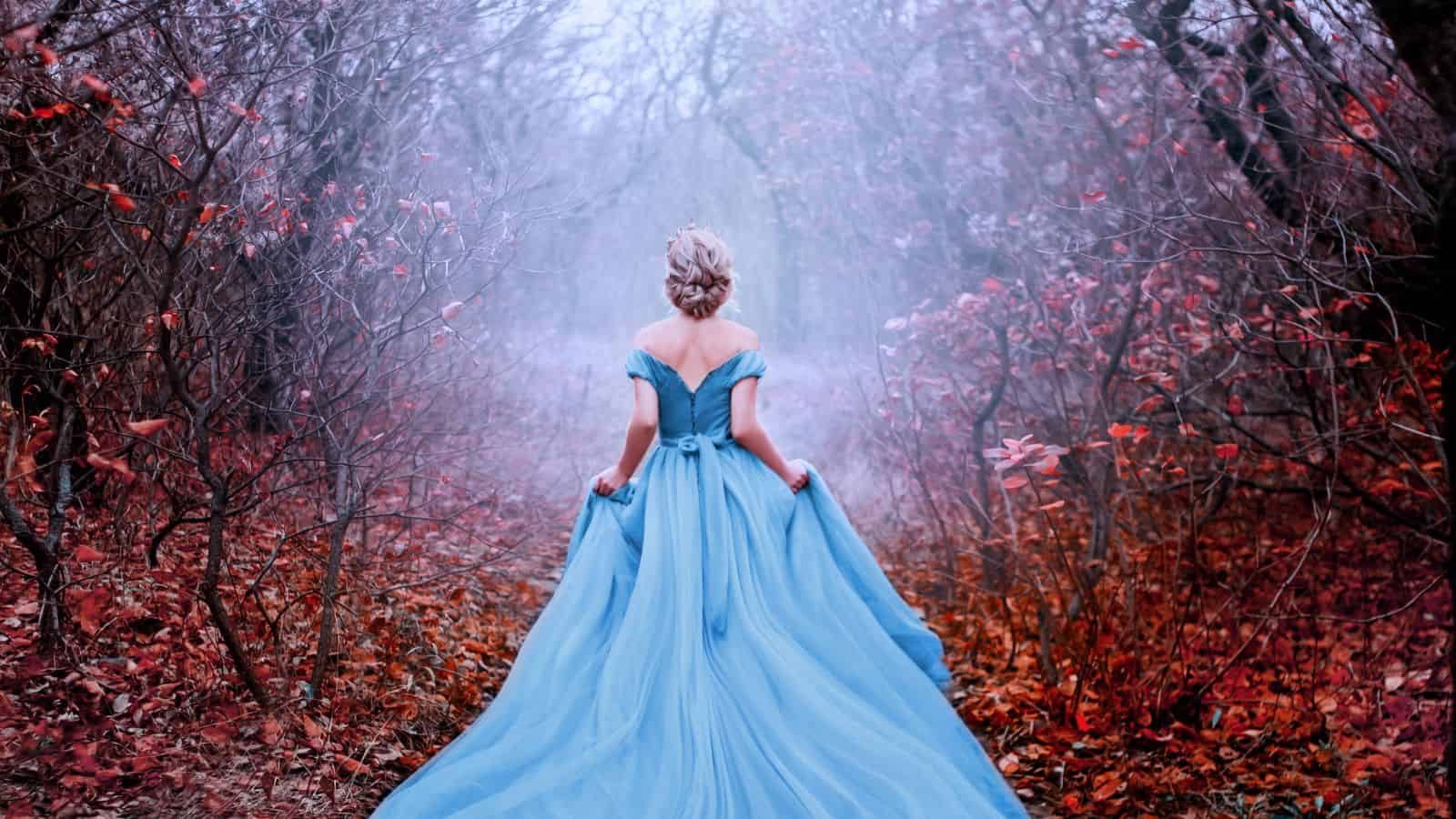
Possibly once an innocent fairytale, it became jaded once the Nazis began to use the famous Brothers Grimm’s tales in their propaganda. A study on the use of folktales in Nazi Germany by the University of British Columbia said that “a Nazi interpretation of Cinderella, for example, emphasizes the marriage of the Prince and Cinderella as one of pure blood.”
Snow White
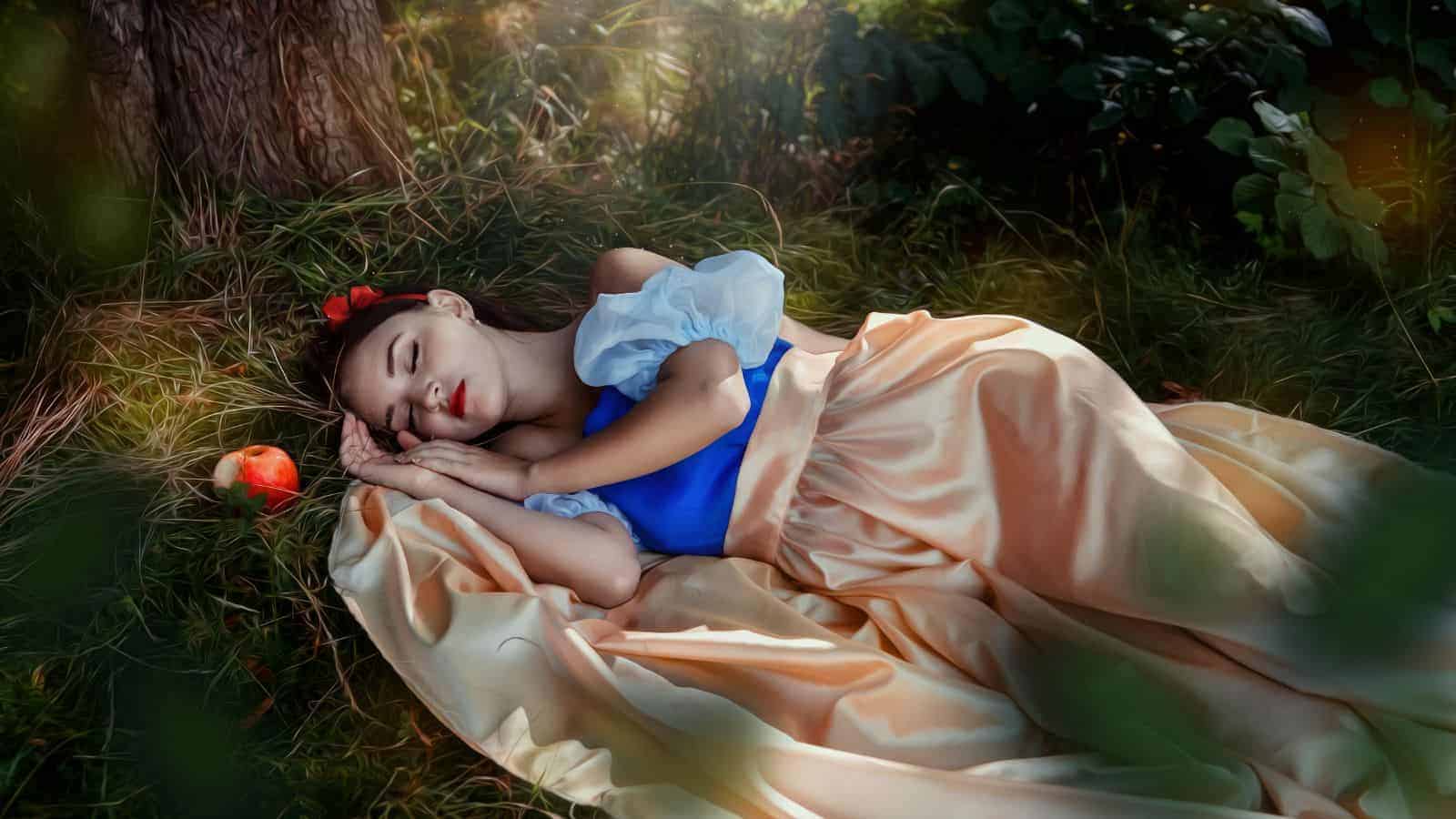
Snow White’s character is often praised for her “skin as white as snow,” while the evil queen possesses darker skin and a jealous nature, suggesting that fairer skin is more desirable than darker skin. The dwarfs, with their exaggerated physical features and childlike behavior, can be seen as perpetuating negative stereotypes. While some argue these are simply character traits, the association of whiteness with beauty and darkness with evil was a recurring theme in older fairy tales.
Aladdin
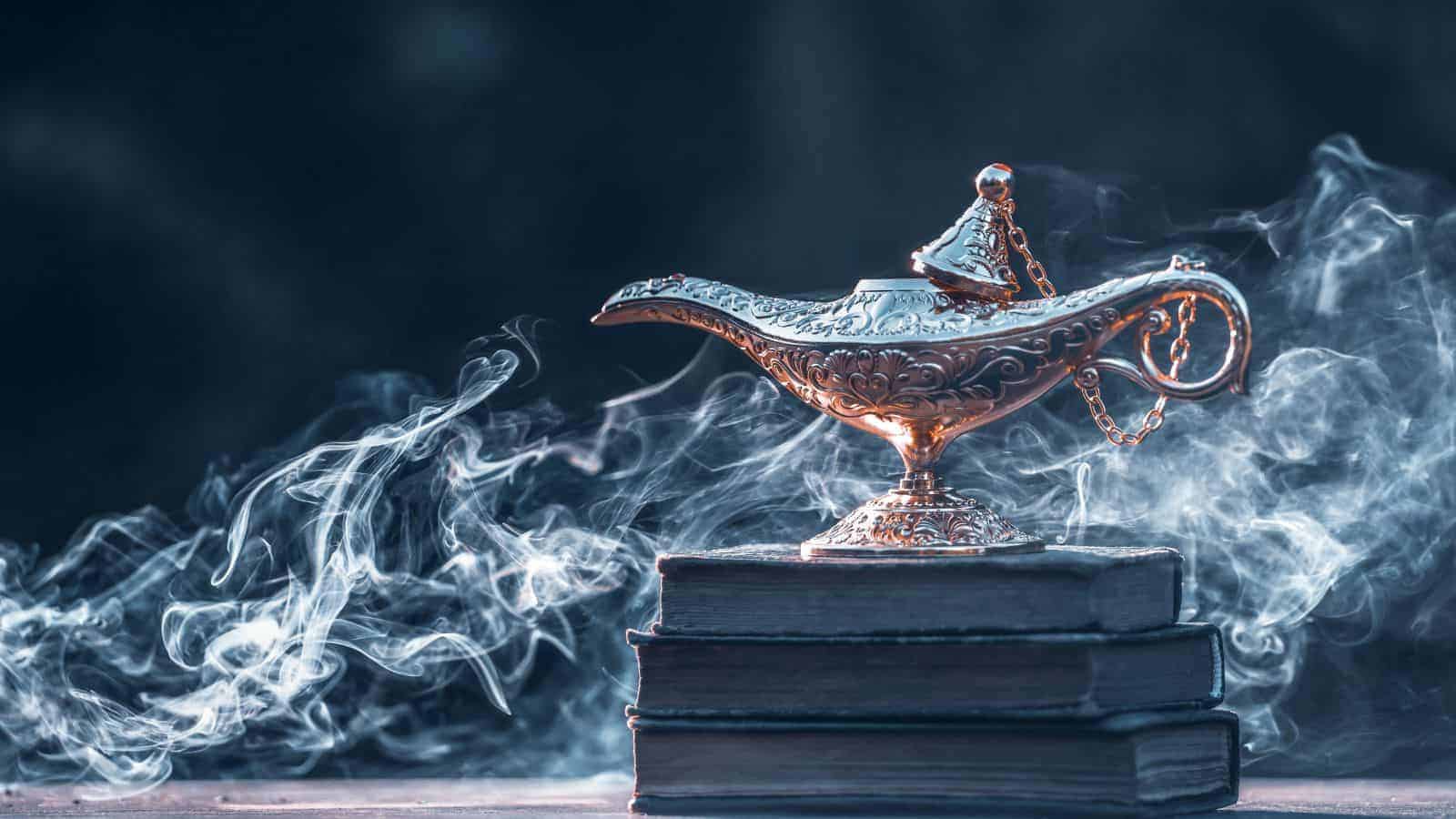
While a beloved Disney classic, some interpretations of Aladdin point to potentially problematic representations of Arab culture, particularly in its early depictions of the city of Agrabah and its inhabitants, where they were represented as lazy and thieves. Sky News even pointed out how “the evil characters have non-American accents, such as Gazeem and Jafar.”
The Pied Piper of Hamelin
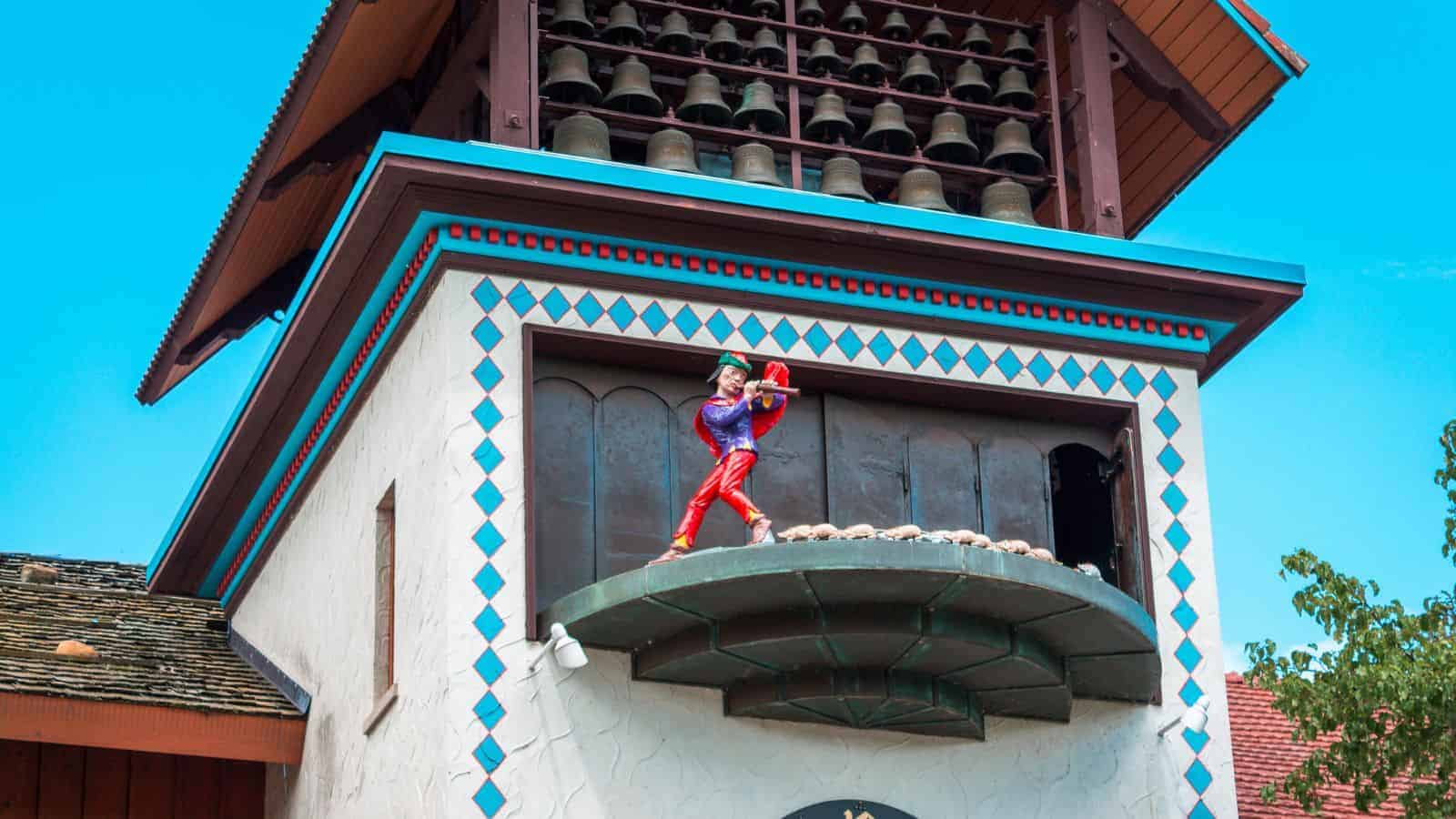
The Pied Piper of Hamelin is a German folklore tale that has been subject to interpretations that suggest antisemitism. This primarily stems from the piper’s depiction as a mysterious outsider who arrives in Hamelin and ultimately leads the children away, seemingly as revenge for the townspeople’s refusal to pay him. Some have made parallels to the piper being used as a metaphor for a Jewish outsider, with the townspeople’s distrust and rejection of him mirroring historical anti-Semitic sentiments.
The Little Mermaid

This story places a significant emphasis on the mermaid’s physical beauty and features, including her red hair and soft, white skin. In comparison, Ursula is fat and dark in color, depicting once again this subliminal comparison between color and beauty.
Hansel and Gretel
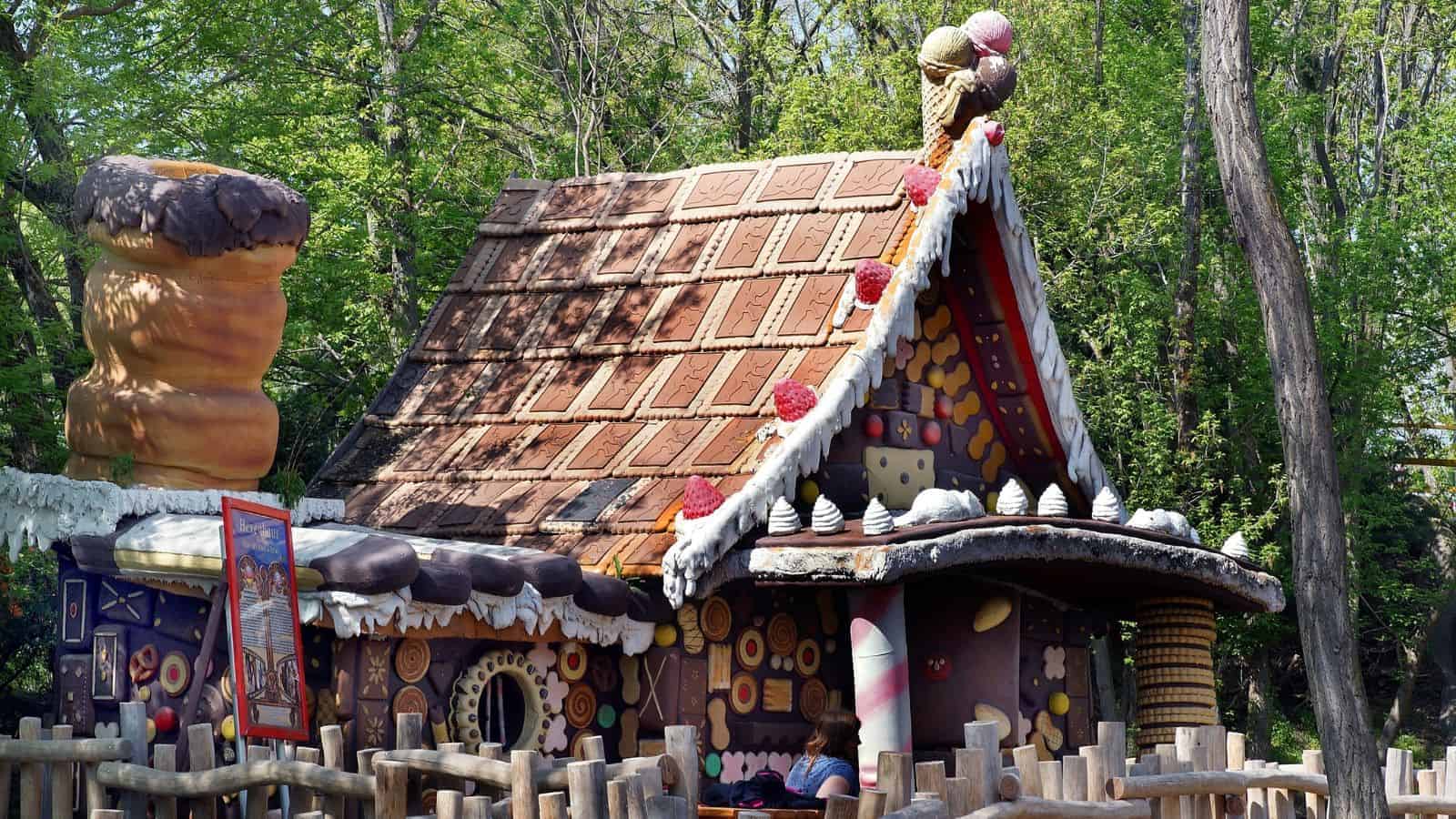
The witch in this classic folklore tale has been associated with Jewish stereotypes, such as a hooked nose and greed. This has led to accusations of antisemitism in certain adaptations of the story and backlash from the Jewish community. German authors Brothers Grimm were behind writing this fable, possibly fueling the assumptions further.
Sleeping Beauty
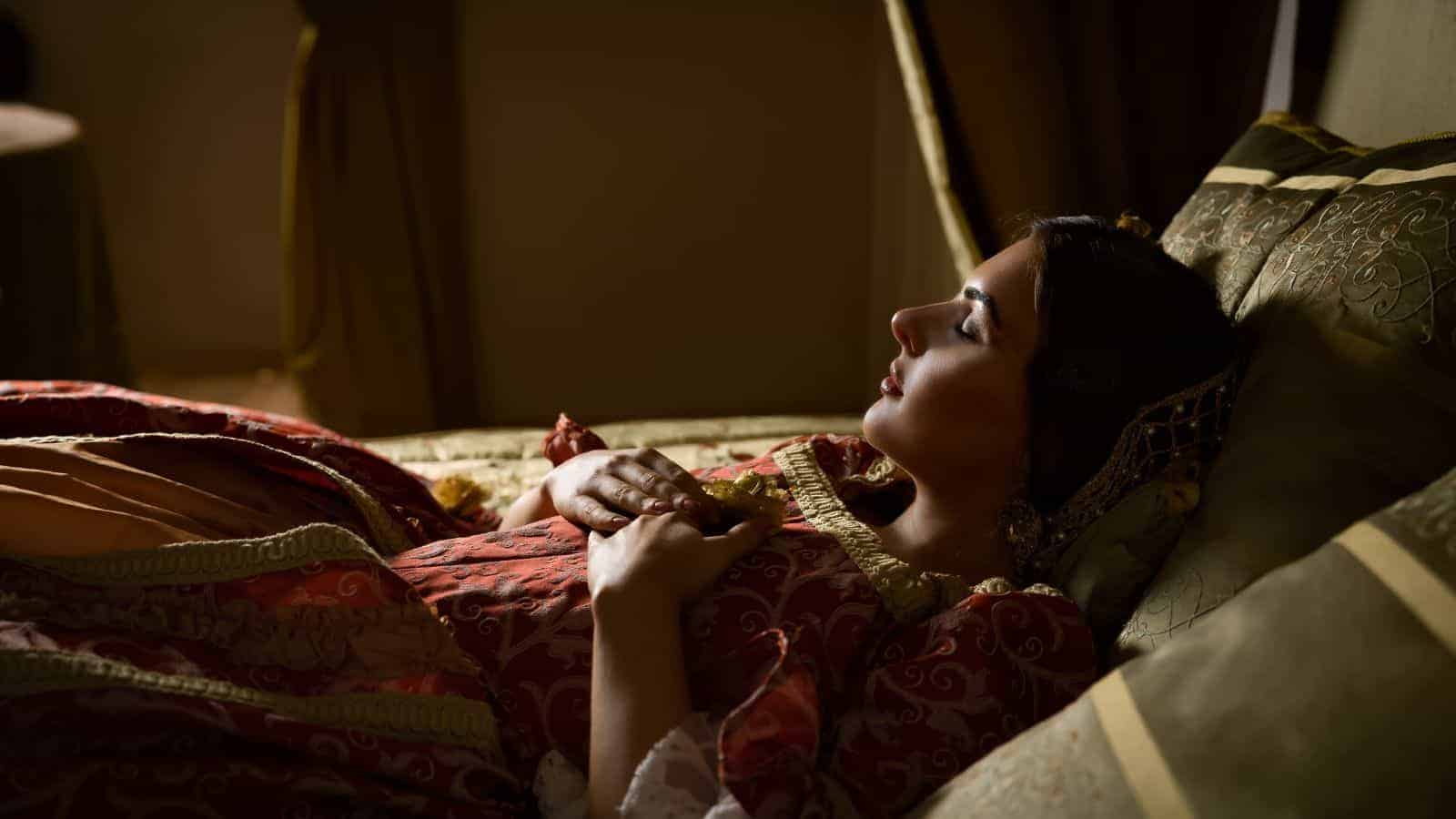
The main characters in Sleeping Beauty are all white, and there is a noticeable lack of racial diversity in the film. While this is not necessarily racist in itself, it does reflect a lack of representation and once again perpetuates the common theme and idea that European features are the standard of beauty.
The White Snake
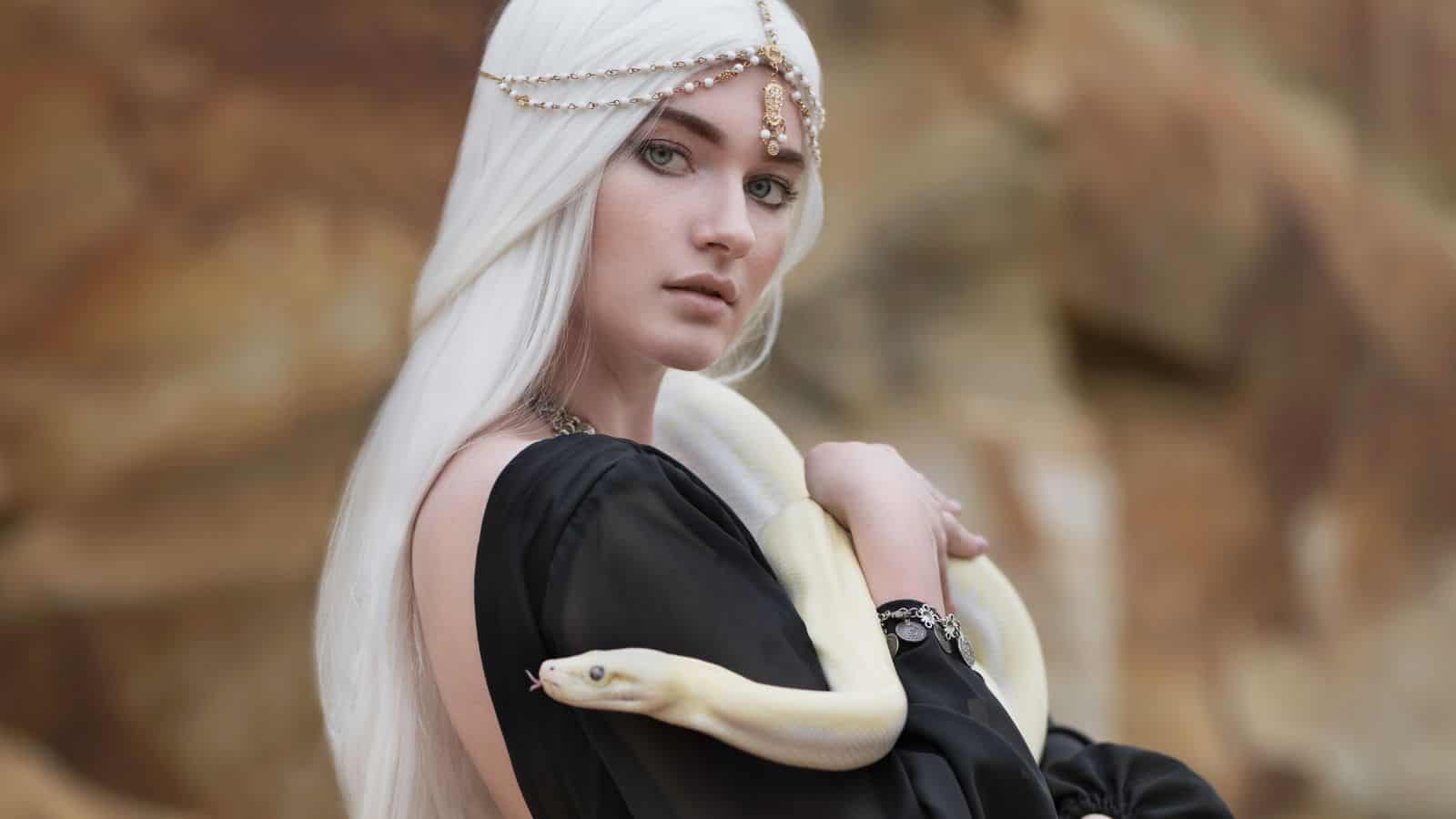
The story’s central theme of a snake spirit transforming into a human and falling in love with a mortal can be misinterpreted in ways that trivialize or distort Chinese spiritual beliefs and cultural practices. In some older adaptations, the white snake character, Bai Suzhen, might be portrayed with exaggerated features or characteristics that could be seen as playing into harmful “yellow peril” stereotypes.
Little Red Riding Hood
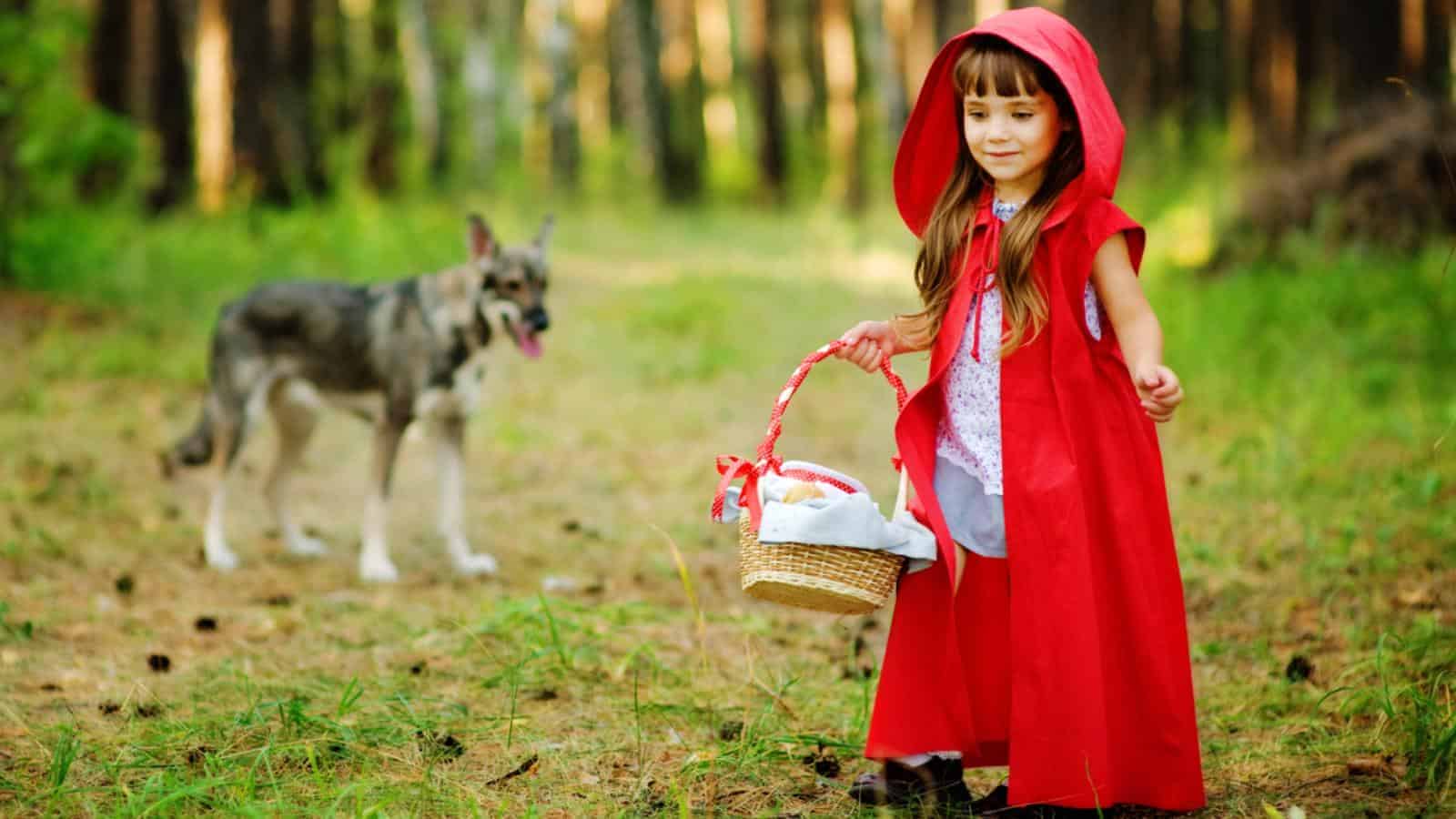
The wolf in this story is an aggressive and manipulative predator who preys on Little Red Riding Hood’s innocence. If we consider the story’s symbolic interpretation, then we might begin to ask ourselves, Why was the villain, once again, made black?
The Golden Goose
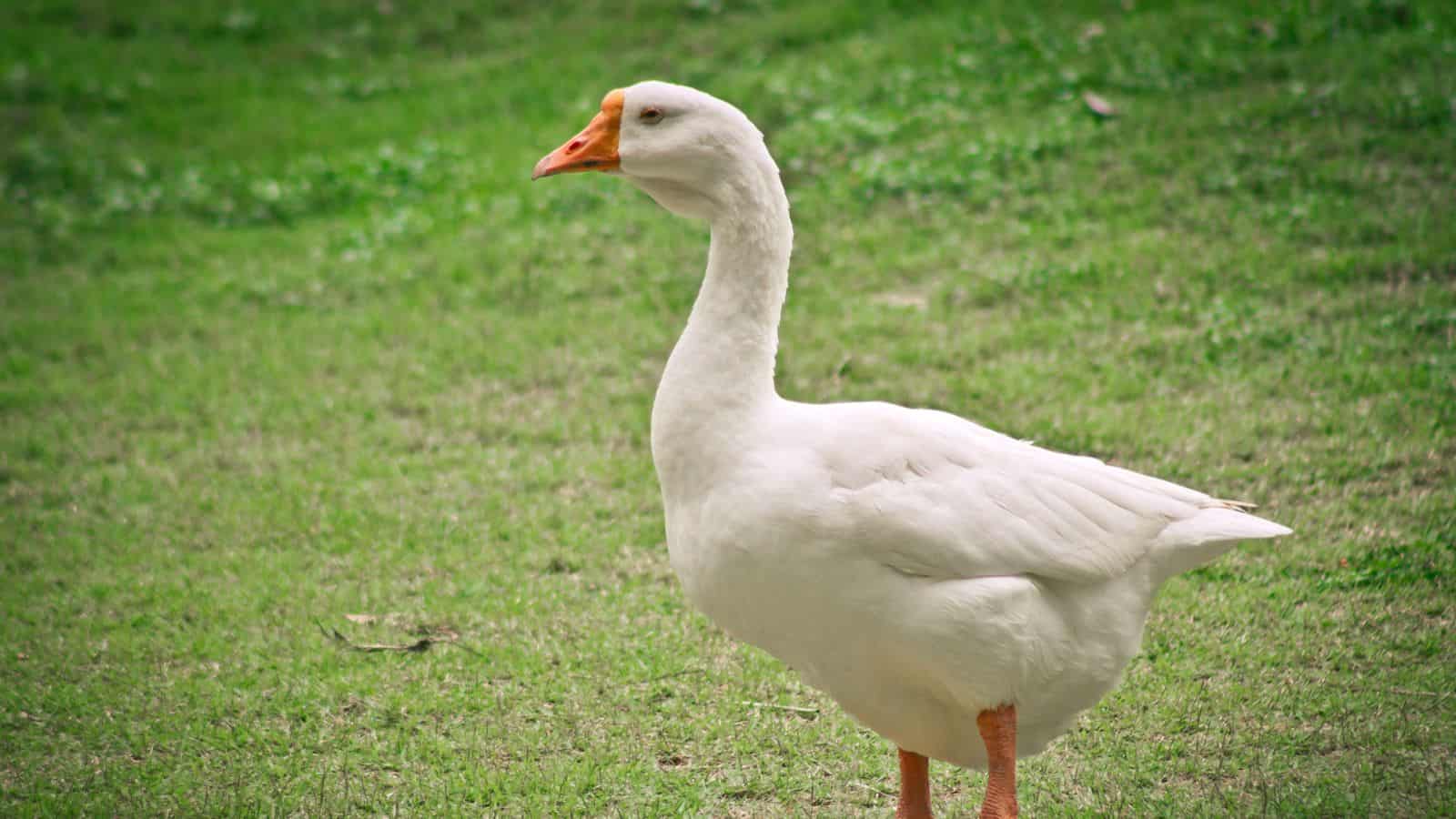
The Golden Goose was analyzed for its potential racial undertones and the lack of racial diversity because all the characters are assumed to be white. Additionally, the simpleton’s success, attributed to the golden goose, could be interpreted as implying that material wealth can elevate social status, a notion that can be problematic when applied to real-life racial disparities and economic inequality.
Ali Baba and the Forty Thieves

A classic tale from One Thousand and One Nights (Arabian Nights) has faced scrutiny for potential racist undertones. The Arab characters are often portrayed as greedy, violent, and barbaric, reinforcing harmful generalizations about Arab people and their culture.
The Three Little Pigs
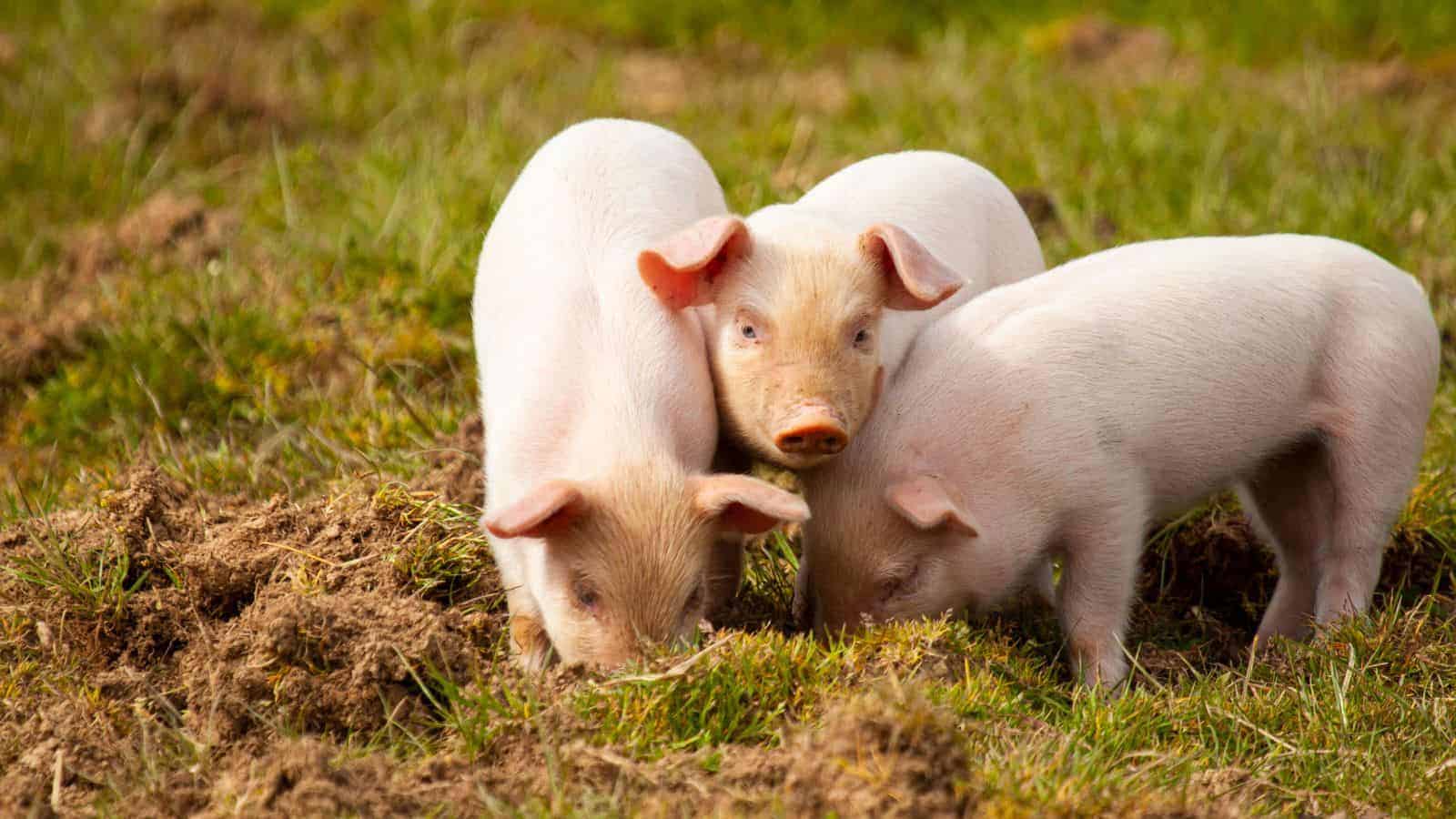
A once seemingly innocent story about three little pigs has been dubbed potentially racist and offensive to Islamic culture. The BBC reported how a modern interpretation of the story had even been refused “as the subject matter could offend Muslims,” causing widespread controversy on the matter.
Rumpelstiltskin
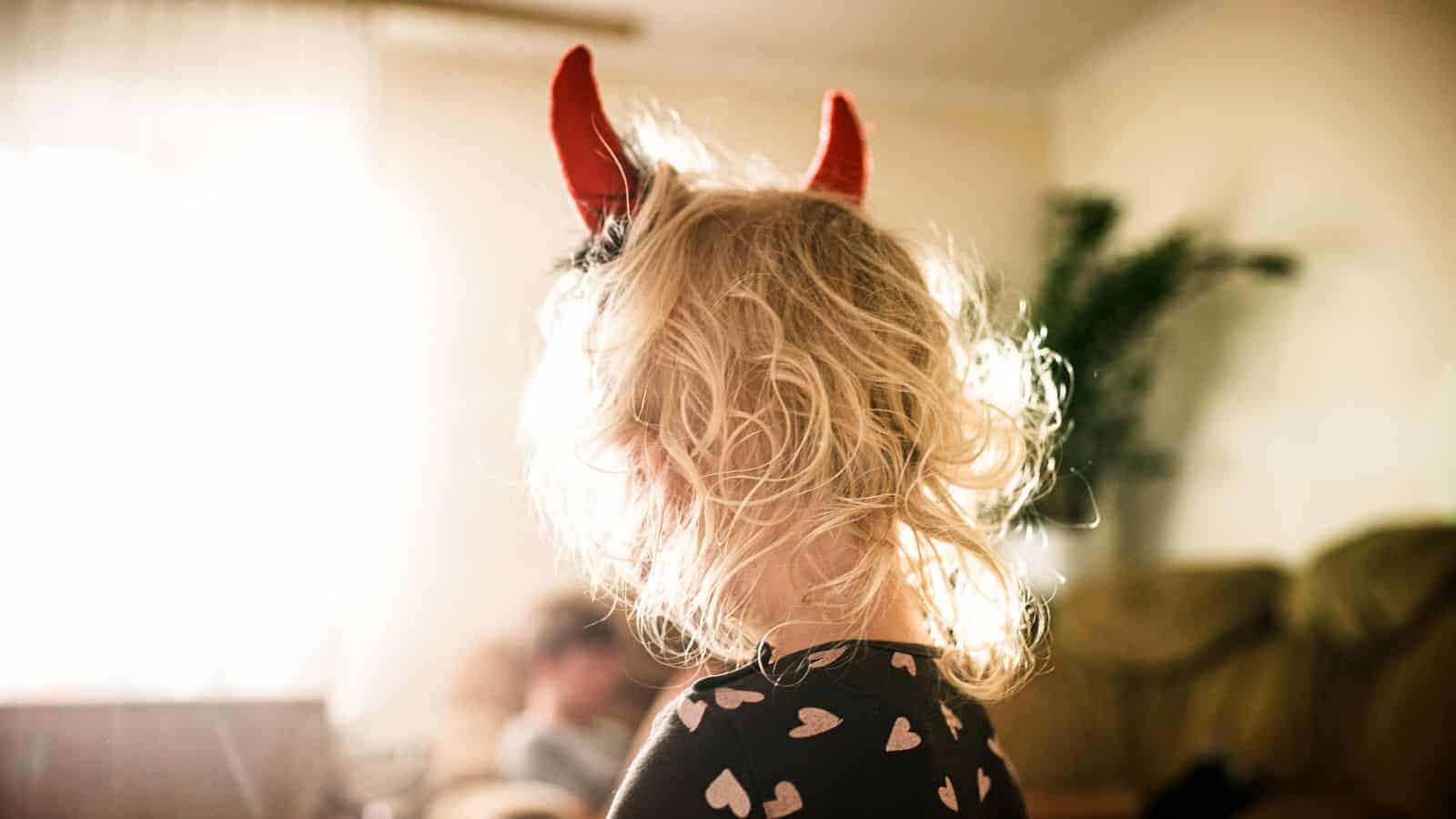
The main character Rumpelstiltskin’s physical appearance is often depicted with features such as a long nose, pointed chin, and exaggerated expressions. These features could be seen as playing into harmful anti-Semitic stereotypes. Coupled with his love for gold and his greed, which came before anything else, some have made the comparison that it might have been written with an ulterior motive in mind.
The Frog Prince
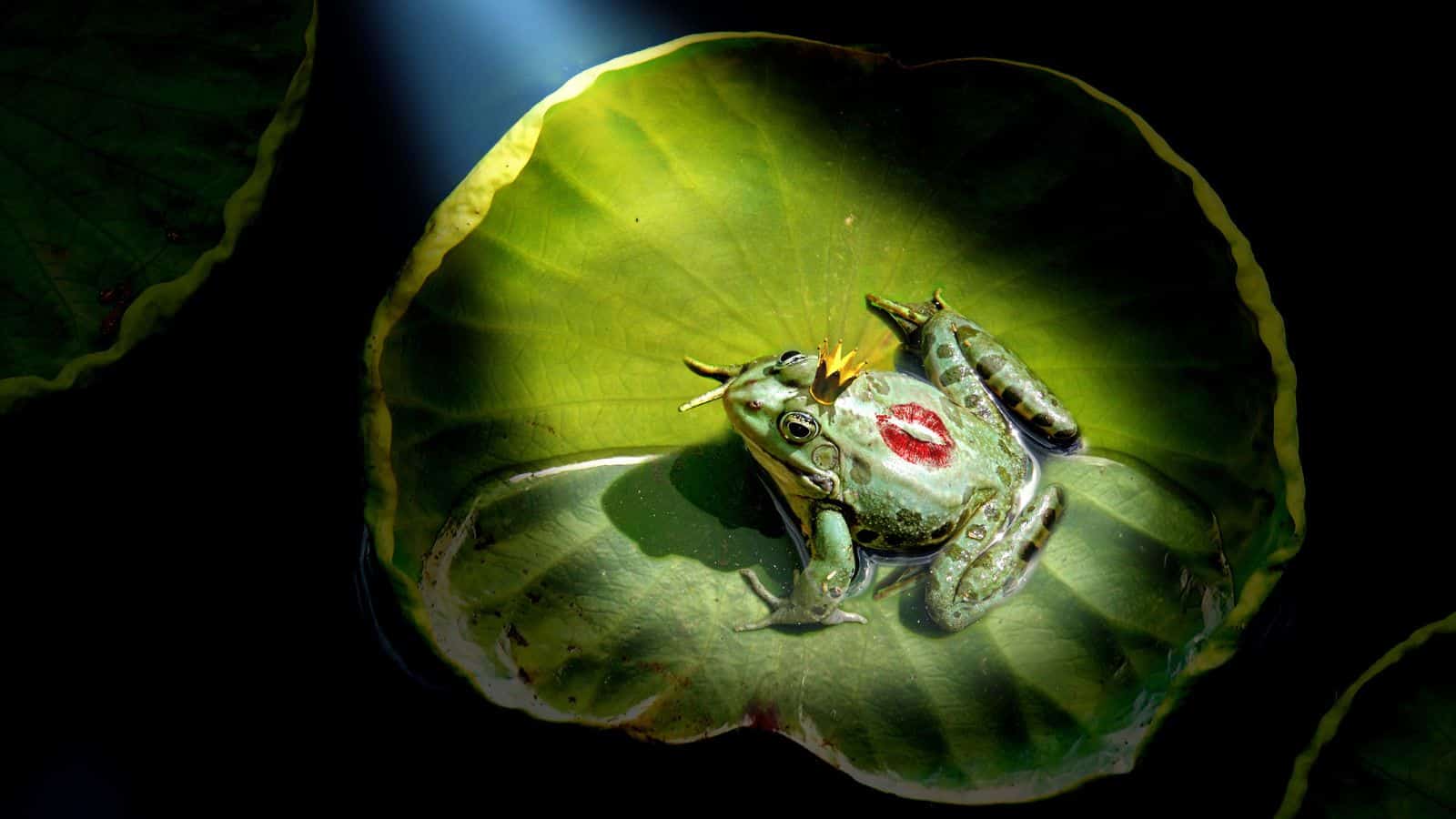
This story revolves around the frog’s transformation into a prince through a kiss from the princess. This can be seen as reinforcing the idea that physical appearance is paramount and that someone must change their outward form to be worthy of love and acceptance. Disney recently tried to adapt this aspect of the story and represented the princess differently, although it wasn’t appreciated by all. An interview in the NY Times said, “We finally get a black princess, and she spends the majority of her time on screen as a frog.”
The Princess and the Pea

While The Princess and the Pea is a short and seemingly harmless tale, it could potentially convey messages about racial class, gender, and superficiality. Once again, this story has a white princess and royal characters, which raises the issue of the importance of acknowledging inner beauty and the harmful effects of unrealistic expectations in children’s stories.
Beauty and the Beast
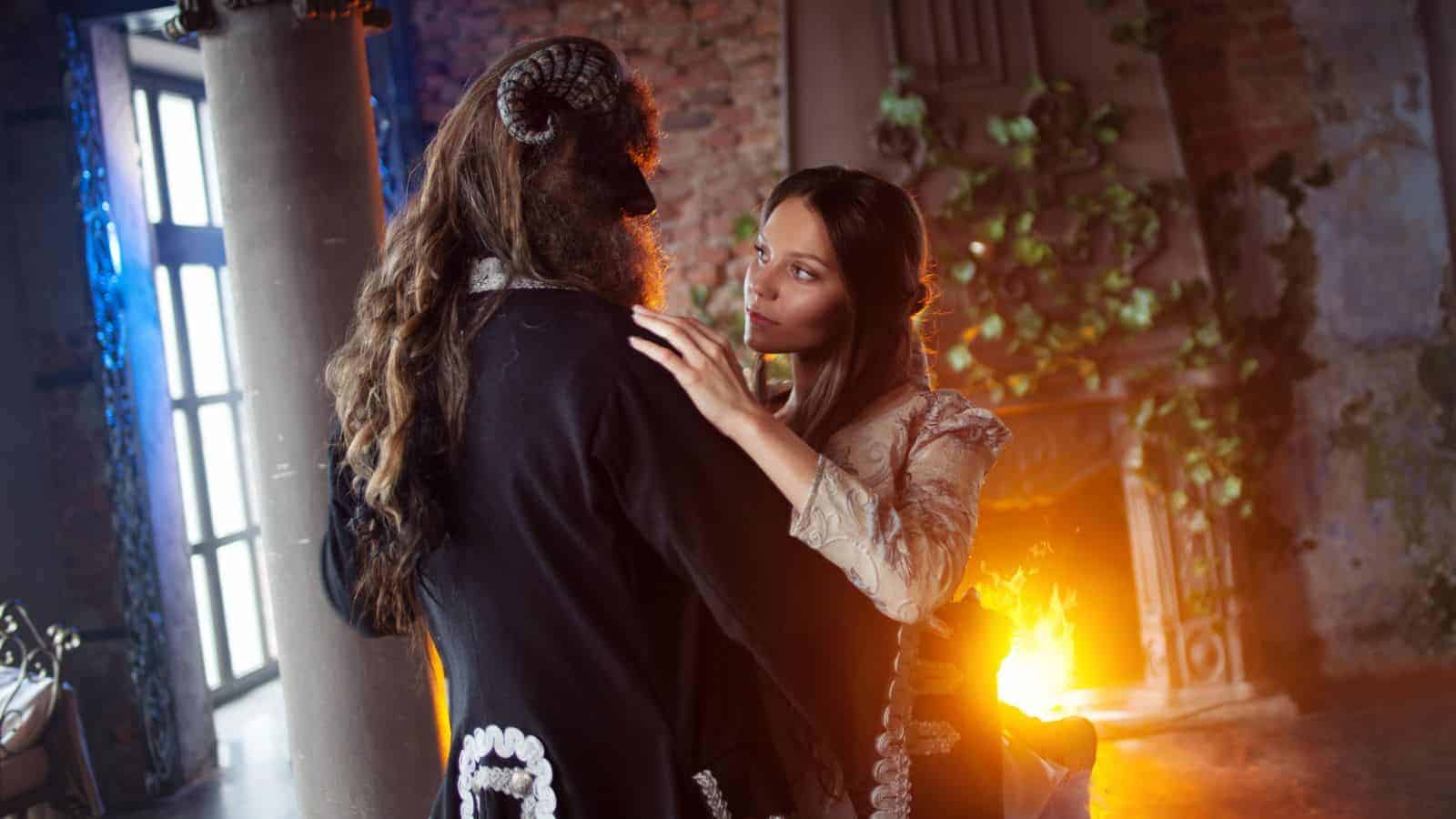
The racial aspect that has been suggested is more nuanced in Beauty and the Beast. It capitalizes on preconceived notions about whiteness and femininity in relation to blackness, particularly the idea that white women should be shielded from aggressive and uncivilized Black males. The symbolism of a large, black beast permeates Belle’s dangerous confinement in this fairy tale, with the premise that something is dangerous if it is larger and darker than the protagonist, a white woman.
Up Next: 18 Reasons Older Men Say ‘Nope’ To Relationships

Older men embrace being alone and generally prefer spending time in solitude. They’ve had a full, so don’t criticize them for being less social! The following 18 reasons explain why older men prefer to be alone and are redefining how they experience their retirement years.
18 REASONS OLDER MEN SAY ‘NOPE’ TO RELATIONSHIPS
18 Most Dangerous Cities in the World (5 Are in America)
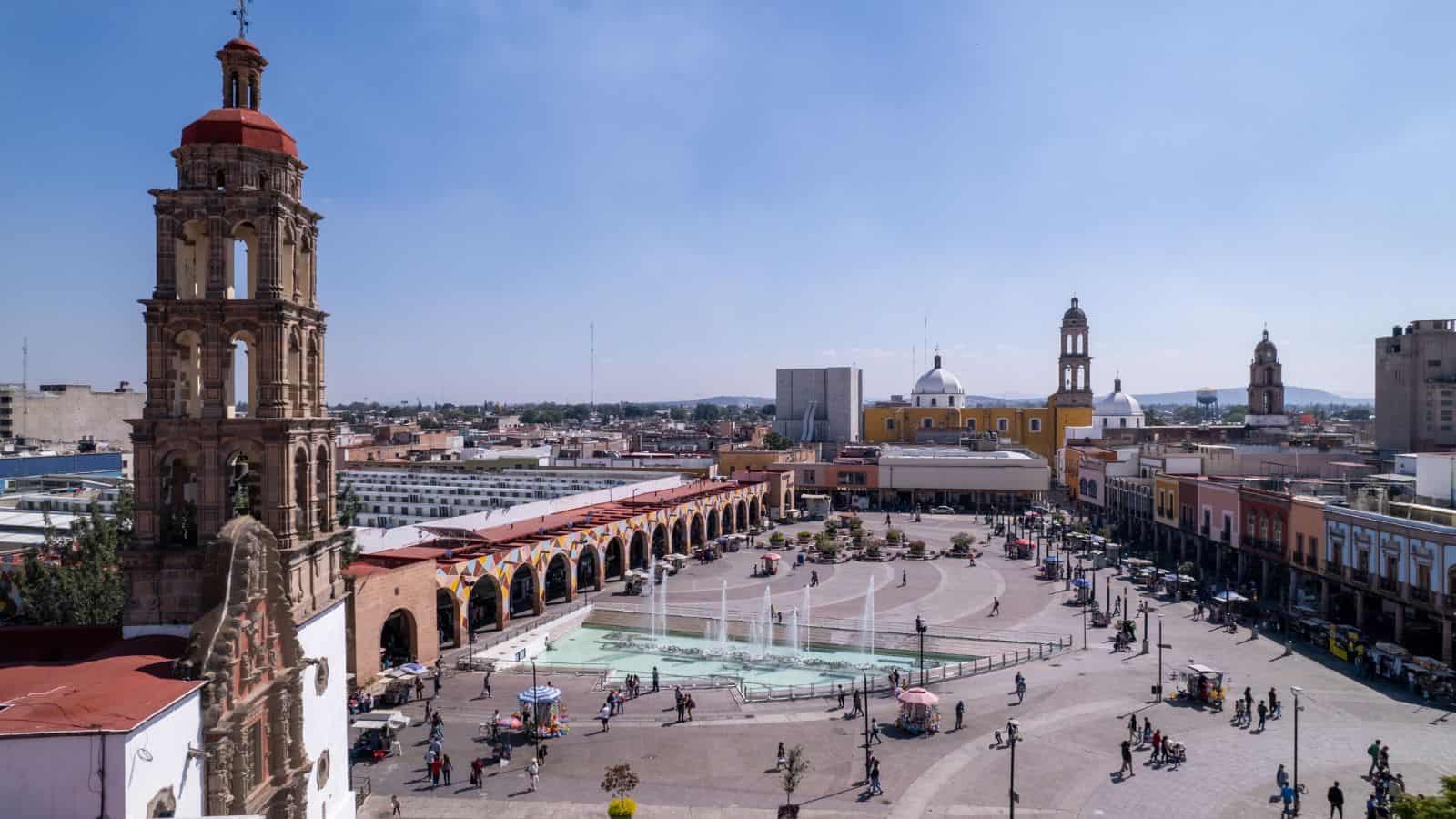
Across the globe, there are many places you don’t want to find yourself because of the crimes waiting to occur. Sometimes, even nature can be cruel to you. This is particularly the case in the following 18 most dangerous cities in the world, five of which are in America!
18 MOST DANGEROUS CITIES IN THE WORLD (5 ARE IN AMERICA)
18 Reasons You Feel Like You Don’t Belong Anywhere
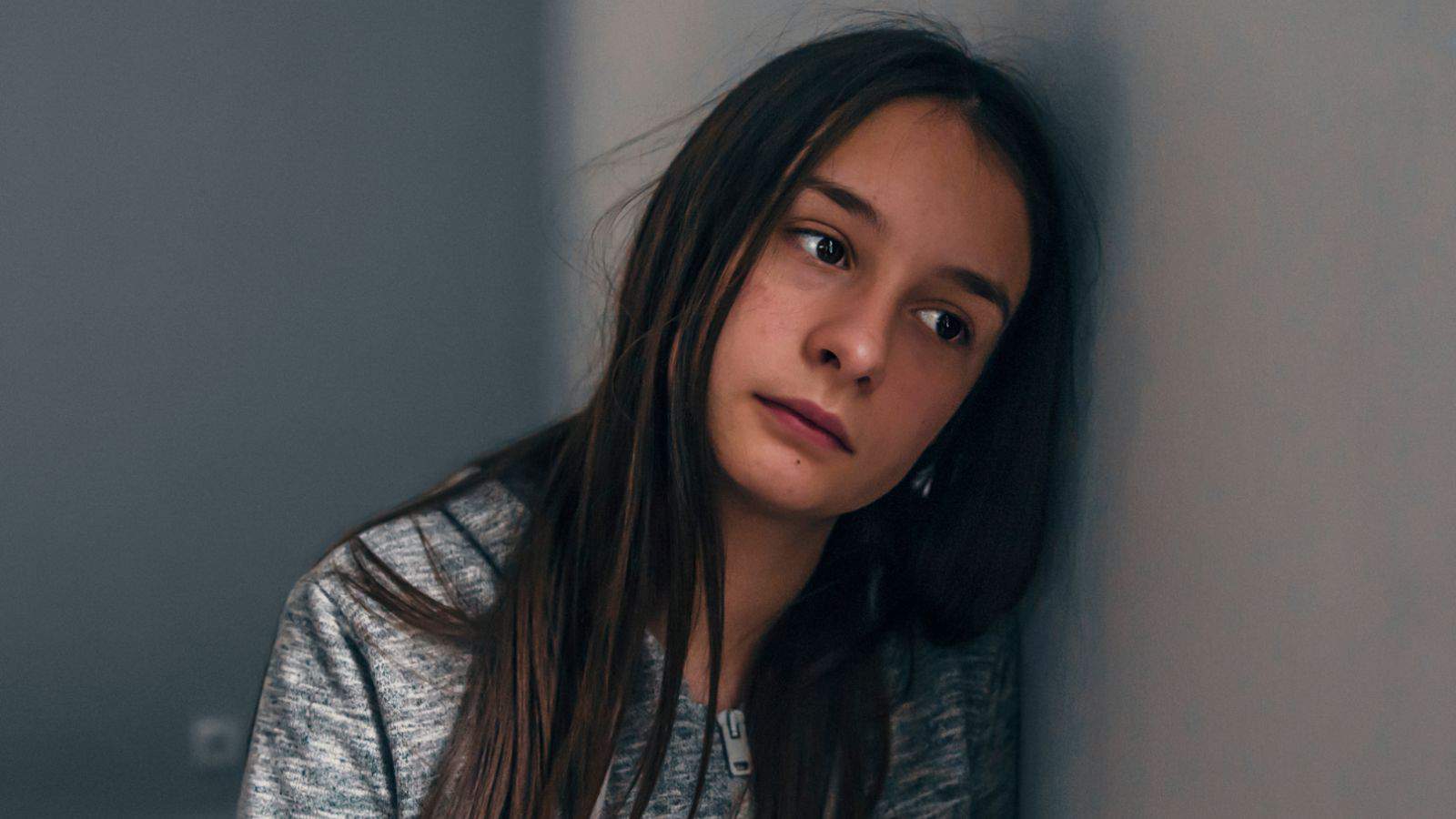
Feeling like you don’t belong anywhere can feel incredibly isolating. We need companionship to keep us connected to the world, so if you’re struggling to form relationships and don’t feel that you don’t fit in, here are 18 reasons why that might be.
